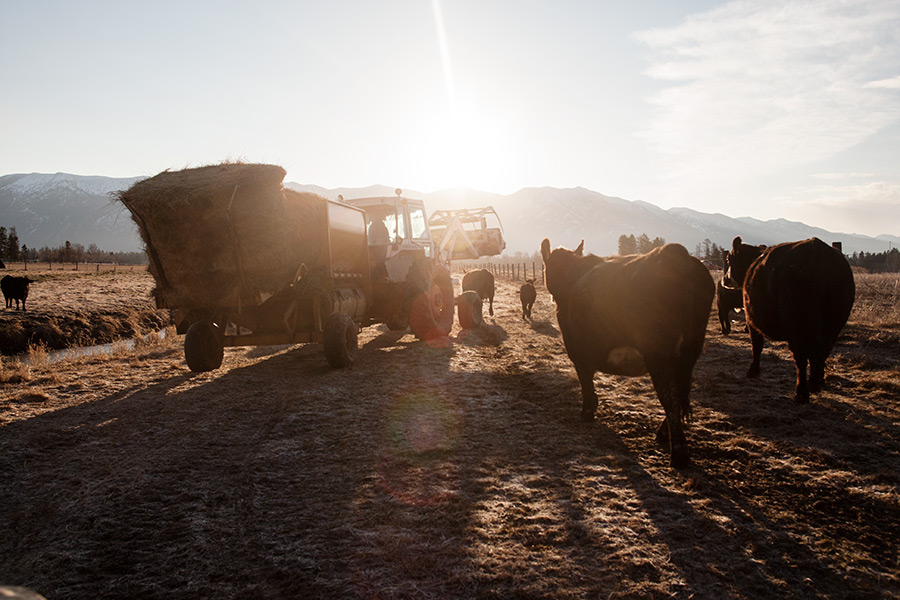Farmers across Montana could reap the benefits of plummeting oil prices, marking a significant boon for the state’s largest industry, although continued volatility in the market could eventually have less-beneficial implications, according to agriculture analysts.
Alongside everyday consumers, farmers’ pocketbooks are poised to benefit greatly from cheaper fuel, at least in the short term. Energy costs can account for over one-third of farmers’ production costs, from tractor diesel to fertilizers and pesticides to transportation expenses.
“It’s really important whenever something like this occurs. I can think of no other input cost that’s as important as fuel in terms of making life better for these producers,” said George Haynes, an agriculture policy specialist at Montana State University. “You never want to underestimate the importance of oil prices decreasing.”
Ron de Yong, the director of the Montana Department of Agriculture, echoed Haynes’ sentiment, expressing optimism for reduced farming costs for statewide harvests later this year.
“We’ll see if it has a long-term impact and how big of an impact it is. Fuel prices are a major cost item for producers, so it does make a difference,” he said.
There could be a downside, though.
If oil prices dip too low, it could cause a domino effect and lead to reduced ethanol prices, which could then hurt corn prices. Although corn is not grown in Montana, the key commodity acts as a bellwether for other grain prices, such as wheat, which is the state’s top crop.
“Corn, barley and wheat prices are highly correlated to one another,” Haynes said. “If corn prices move, you also anticipate to see barley and wheat prices move in the same direction. There could be a bigger impact from this in some ways. What will happen to the ethanol market?”
Impacts on renewable fuel standards could also experience a negative impact, Haynes said.
Farmers across the West are already dealing with sagging grain prices. Corn is down 15 percent compared to a year ago and wheat is down 20 percent. Although prices are still above historical averages, they remain below expectations and have dropped below livestock prices in Montana. Last year beef surpassed wheat in total receipts, according to the state Department of Agriculture. A strong rainstorm in August and September also plagued farmers in Montana, especially harming the barley crop. Damage estimates are still being tallied, but there is no doubt it hurt farmers’ year-end results.
With 28,000 farms and ranches that generate over $4 billion annually, cheaper fuel will no doubt play a large role in the industry’s success this year. And although the harvest season is still months away, the implications could brighten this year’s outlook.
“Everybody in agriculture still feels pretty good, especially the livestock side. On the grain side, there is a little nervousness,” de Yong said. “Short term I think it will be good for producers. In the long term, there may be more repercussions.”
